
Does driving up to your home fill you with delight, or leave you wishing for something more?
Your home’s exterior is the first impression.
Let’s explore how you can elevate your curb appeal and fall in love with your home all over again!
I’m thrilled to collaborate with Steve Ball, a seasoned design professional, who generously shares his expertise with us on creating cohesive and beautiful exterior home designs. He is an independent contractor for the virtual exterior design service, Brick & Batten.
Let’s jump in!
First
Steve suggests you start with the things that will give you the most bang for your buck.
It’s amazing what just a coat of paint can do to transform the exterior of your home. Lighting, paint, front door and garage door changes can truly transform a house without breaking the bank!
Case in point, when we first purchased our home in Florence, Oregon, the exterior was a challenging combination of mustard yellows and green.
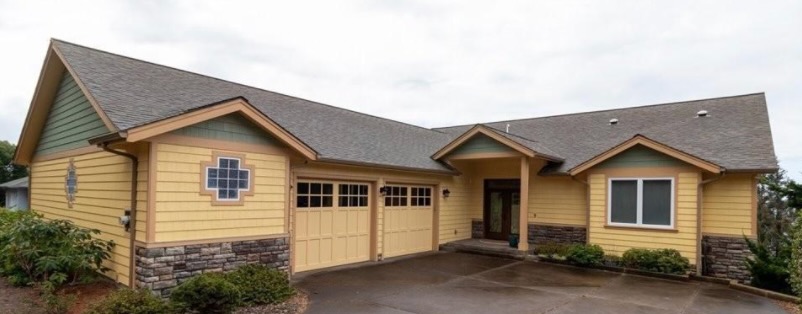
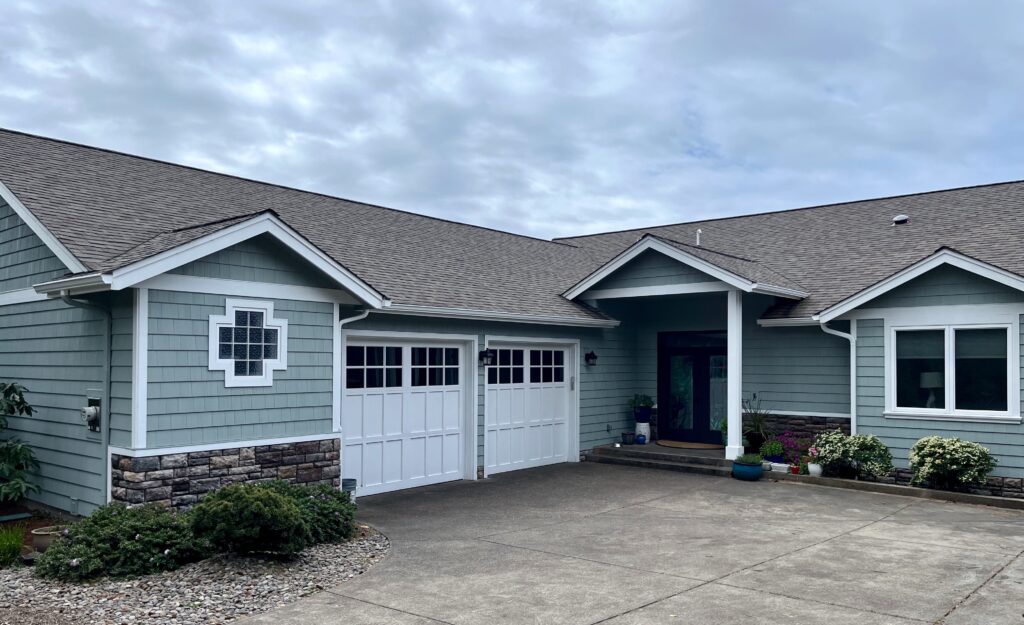
The Result
Inspired by a neighbor’s house, we decided to repaint with a custom green-gray-blue color that shifts beautifully with Oregon’s Coastal weather. We paired it with Cloud White trim by Benjamin Moore. The result was transformative.
The new color palette complements the roof, stonework, and natural surroundings while finally harmonizing with the neighborhood.
Have a plan
Steve emphasizes that any exterior transformation should begin with a solid plan. Consider your home’s architectural style and work within those parameters. For example, turning a 1980s tract home into a mid-century modern masterpiece would require significant structural changes, which might not be feasible for most budgets.
Start by identifying two or three key updates you want to prioritize, whether it’s creating an outdoor living space, redesigning the entryway, or replacing aging materials like cladding or windows.
Once you’ve identified your focus areas, select a color palette that coordinates with the fixed elements of your home that are not changing, such a roofing or stone cladding. Use your pallet choices as the foundation for decisions regarding paint, stone, and accent materials.
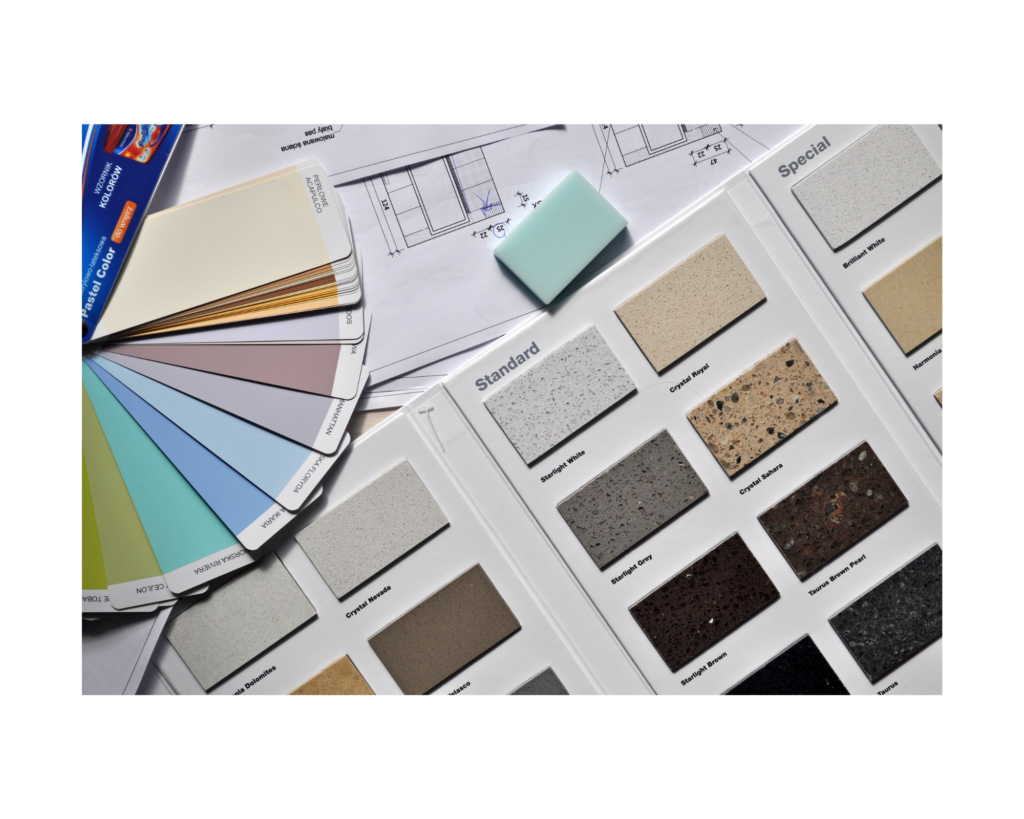

Elements for Impact
In this design, Steve updated the entrance stairs, modernized the deck railings and enhanced the landscaping in a harmonizing blend of white blooms, spiky plants and greens to bring this home’s architectural features to life.
The address monument elevates the design with a welcoming touch of sophistication.
Notice the lighting on the stairs. Lighting is a crucial consideration when designing the exterior of a home.
Environment
Steve points out that the environment you live in should also influence your design choices.
For homes on the Oregon Coast, durable materials like composite siding and metal roofs can withstand the wet, windy climate and require less maintenance.
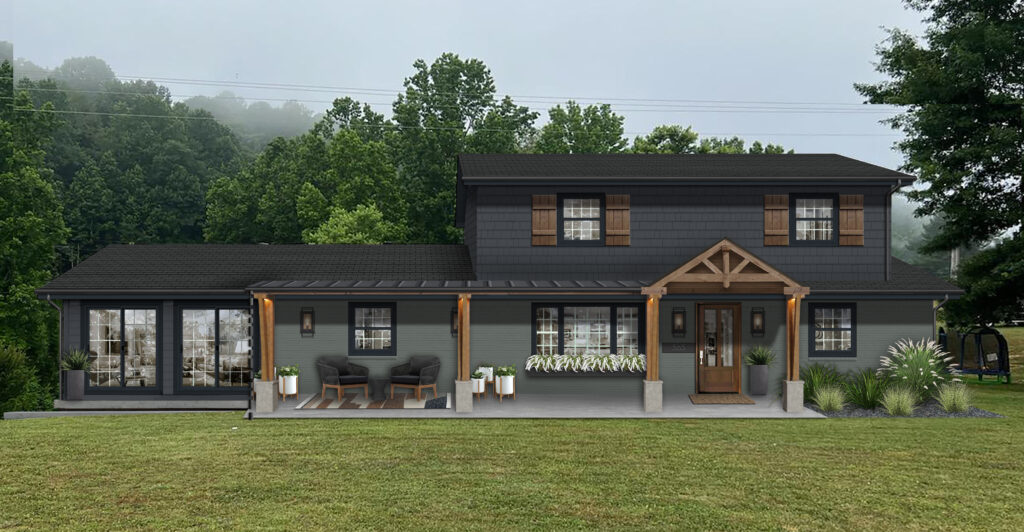
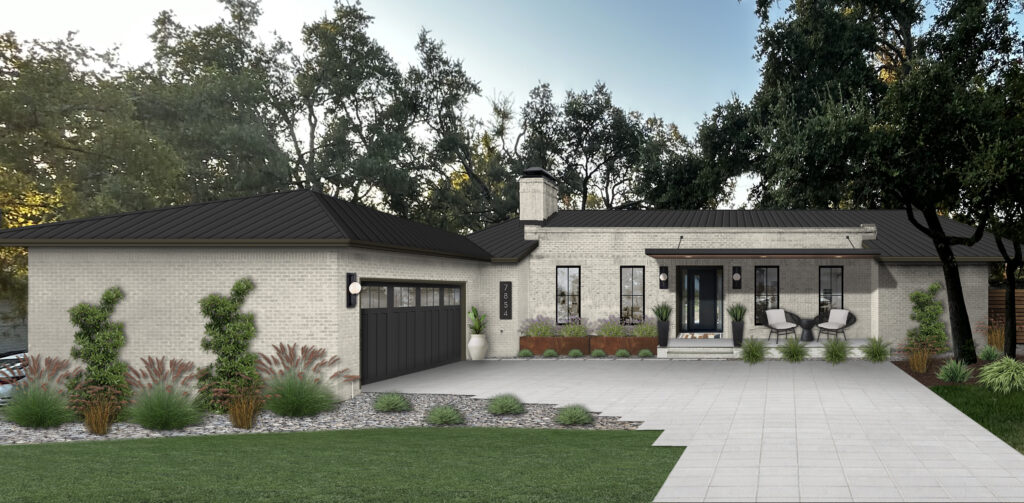
Fire Risk
In fire-prone areas, non-combustible materials like metal roofing, brick and James Hardie composite siding are essential, while wood should be avoided altogether.
Desert
Desert homes should be painted in lighter exterior colors that reflect heat and blend with the natural environment. In arid climates consider xeriscaping—landscaping with drought-tolerant plants, stone, and gravel.
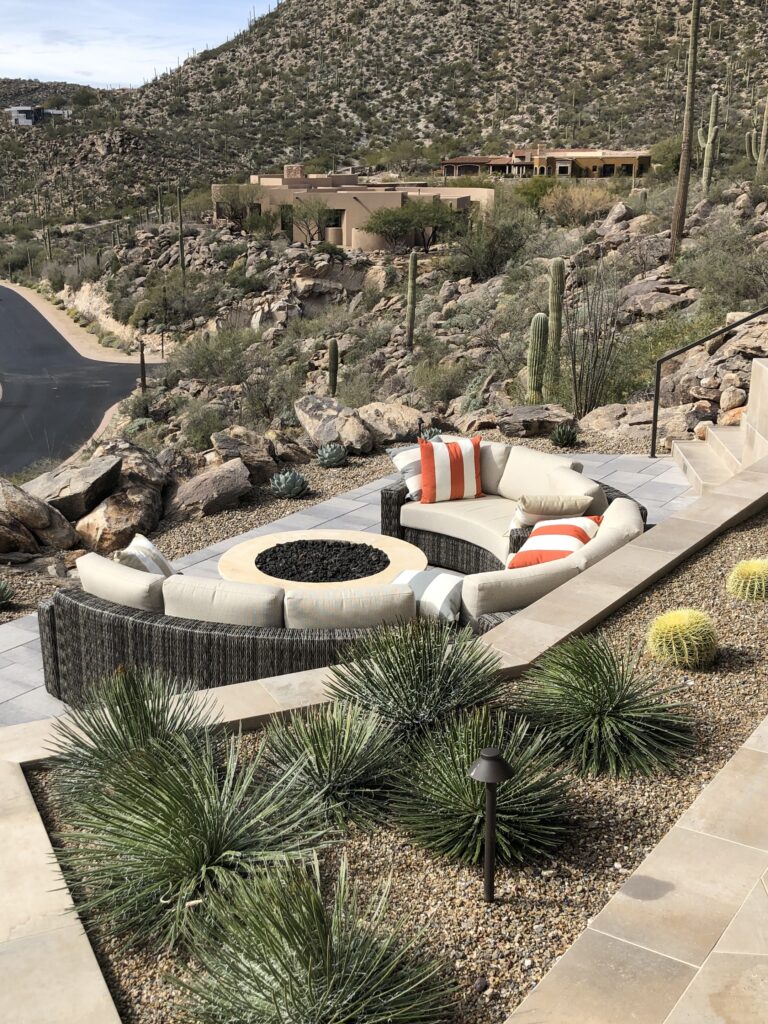
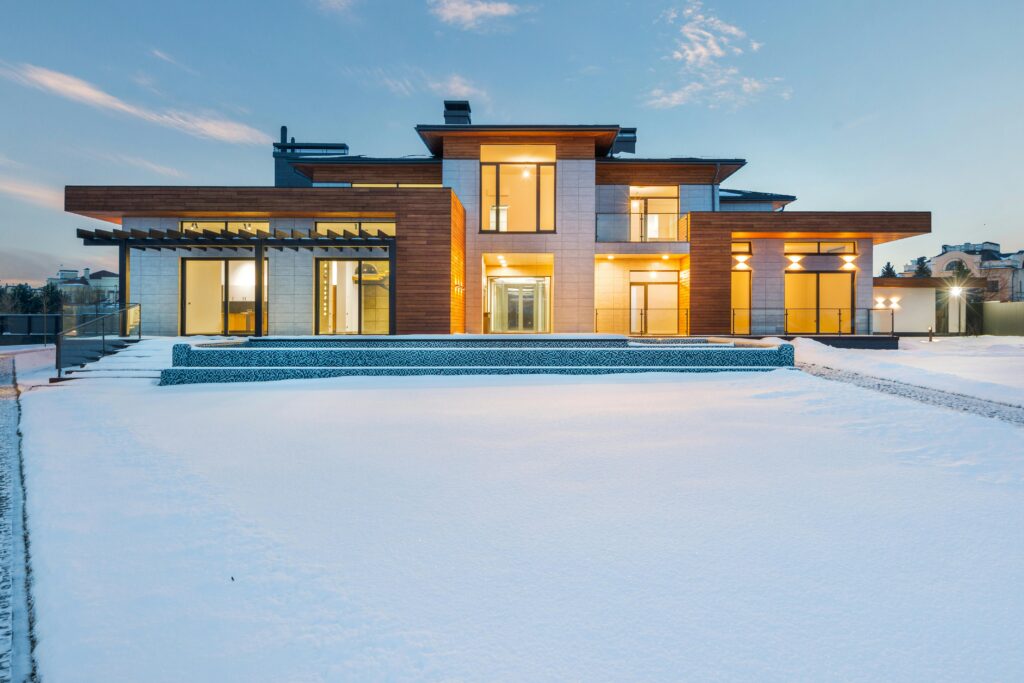
Snow
Snowy regions require materials that can endure freezing temperatures, heavy snow, and ice, such as flexible roofing and durable cladding.
Windows
Steve refers to windows as the “eyes” of the home, and they should complement both the interior and exterior style. An essential feature of any home exterior, windows play a critical role in creating a cohesive design.
For new builds or major renovations, windows are often the first thing your builder needs to order, so your selection happens very early in the process. Choosing neutral options like white or paintable frames will give you the most flexibility if you must make this decision before your design plan is complete.


Window Frame Color
Here, Steve expertly blends striking black elements with a neutral paint color. If you’re drawn to black window frames, make sure they align with your home’s overall architectural style and have a professional design plan in place. This bold and often trendy choice will impact both the interior and exterior design of your home and requires careful execution for the best results.
The Entryway
Steve points out that the entryway is another crucial element of your home’s exterior. The front door is often the first feature people notice, setting the tone for the entire design. Decide whether you prefer glass or solid doors and consider whether the glass should be opaque or clear.

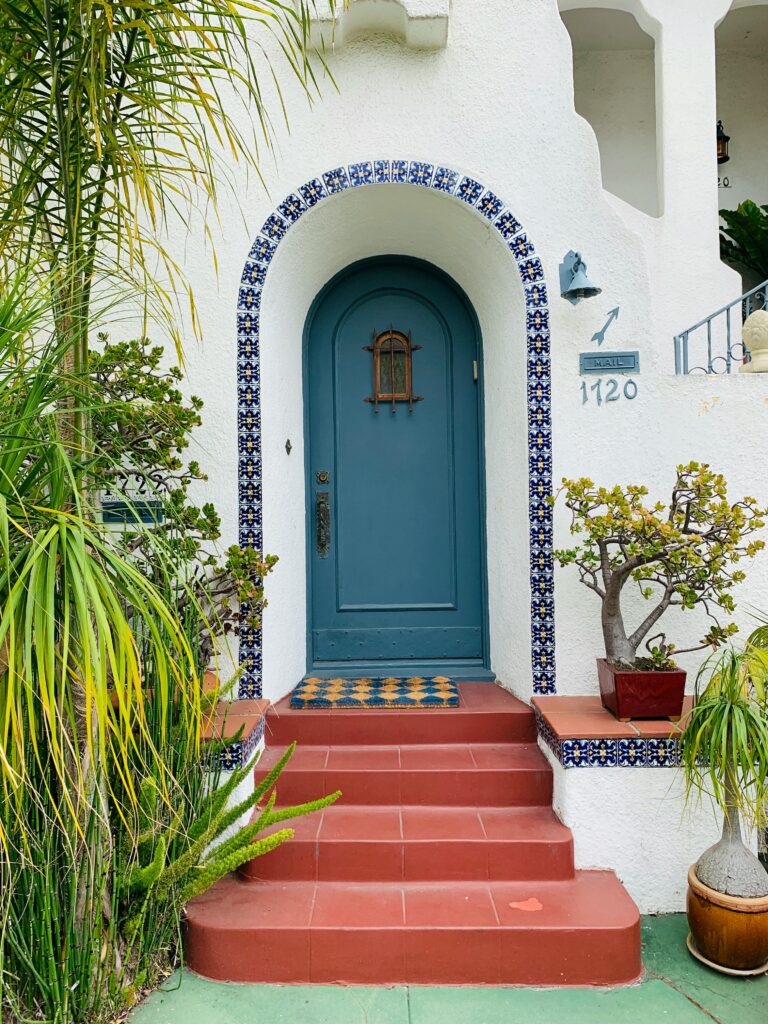
The Front Door
A pop of color on the door can create a dramatic, eye-catching focal point, while a natural wood tone or subdued color conveys understated elegance.
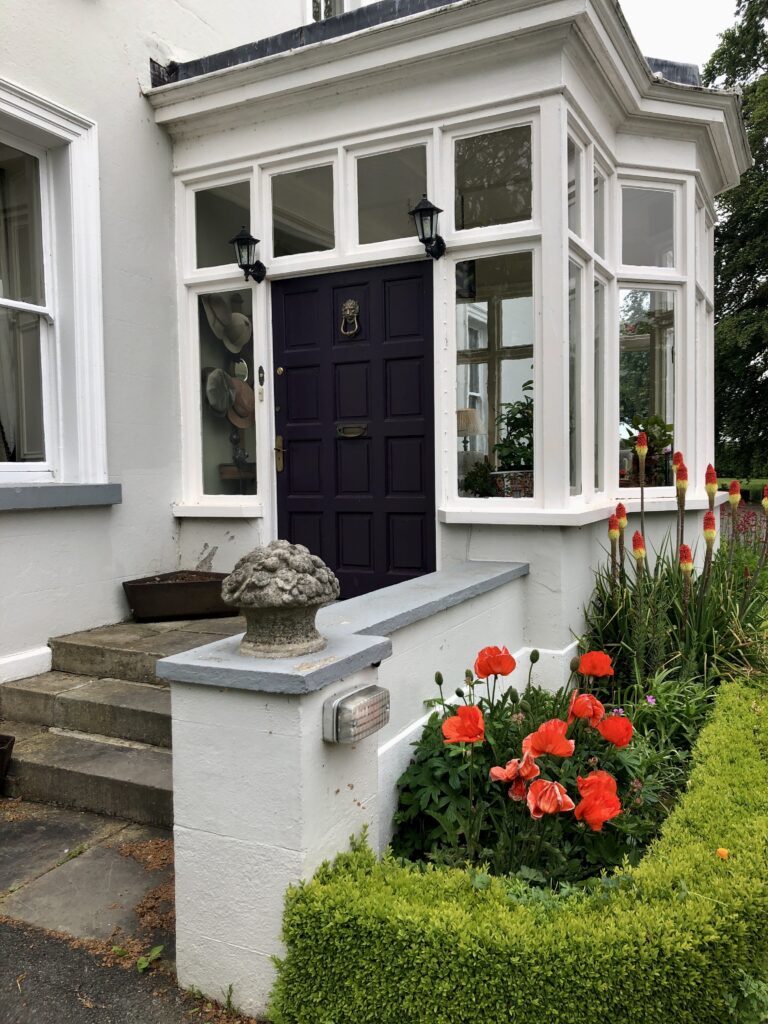
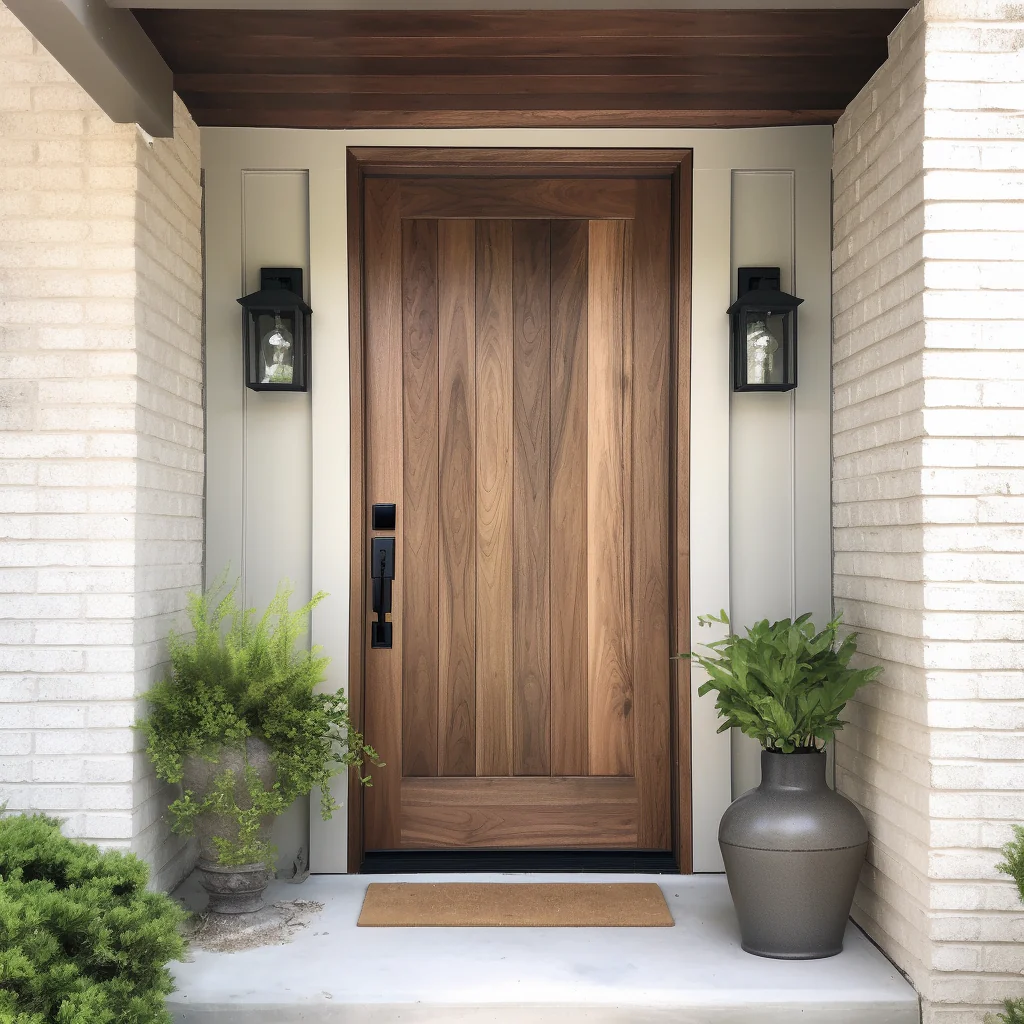
The Roof
Roof materials and colors should be chosen carefully. The roof serves as the visual backdrop for the entire exterior. Metal roofs are ideal for regions with heavy snow, rain, or fire hazards, while composite shingles work well in many other climates.
Steve has coordinated the roof color with existing fixed features like stone and brick to create a harmonious look.
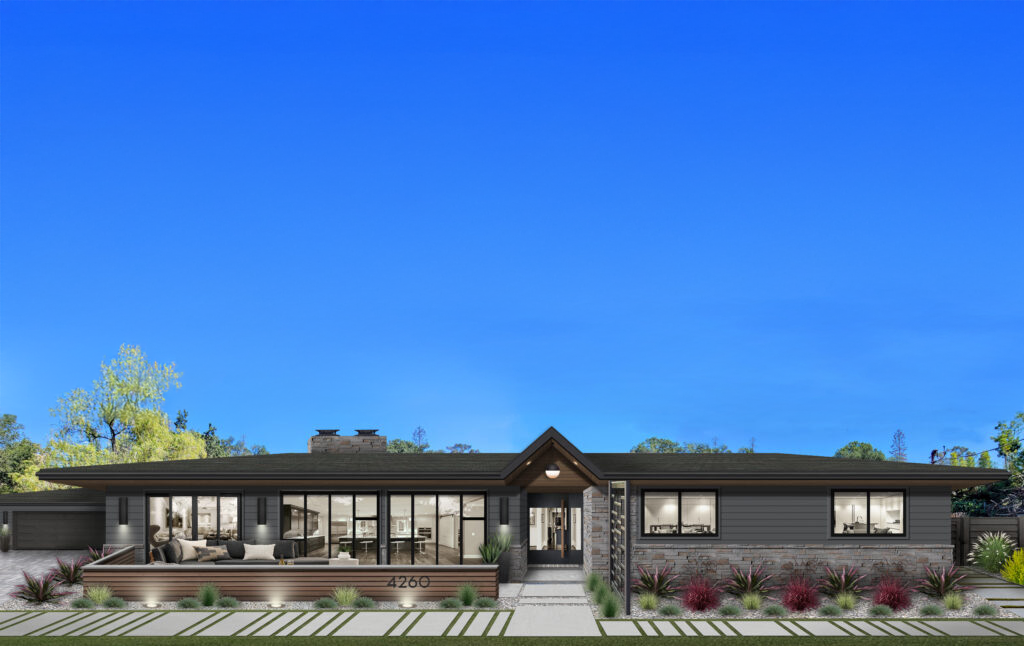
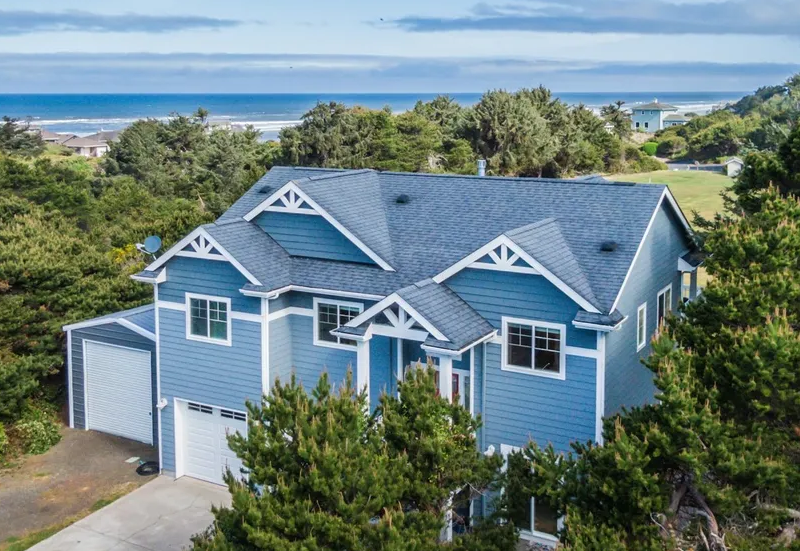
Warm palettes in cream to brown tones complement stone in a range of beiges to subtle greens and wood.
Cooler palettes in blue to gray tones pair well with stone in gray to charcoal tones and coastal environments.
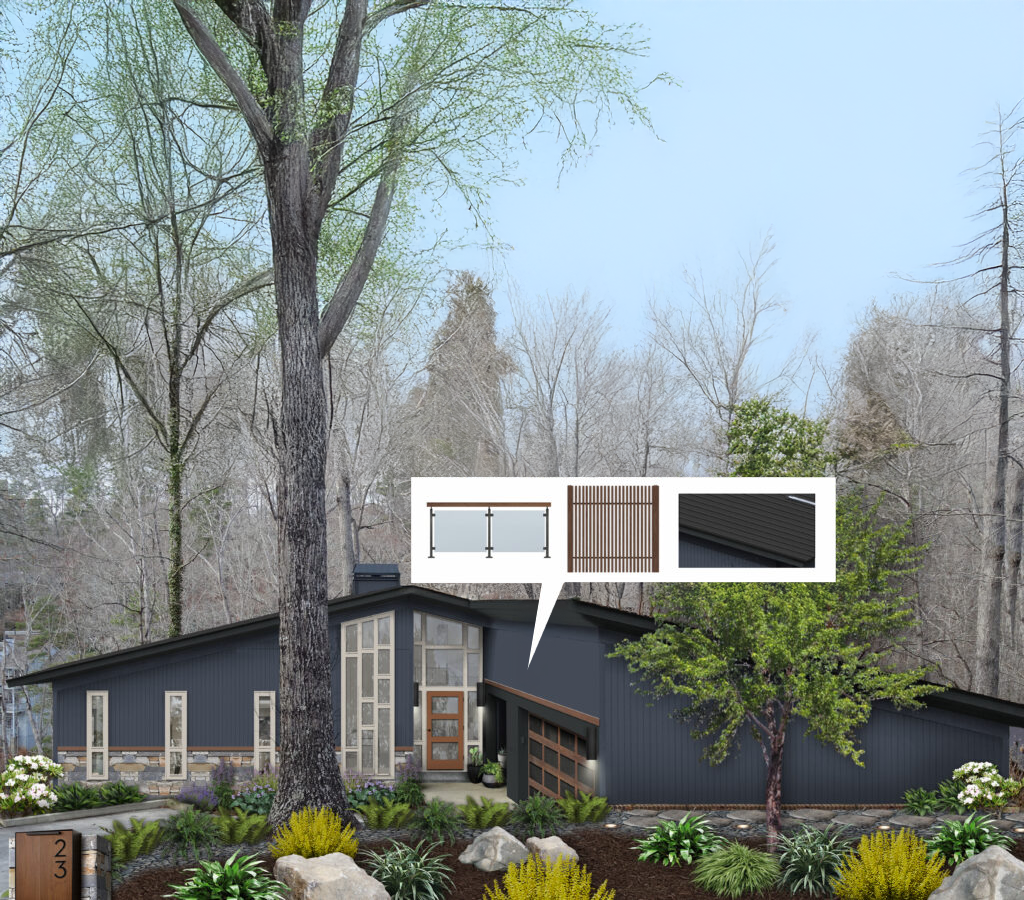
Landscaping
Landscaping is the final touch that brings everything together. Steve suggests a plan to layer plants from low to tall, ensuring the design complements the home’s architecture. Create focal points that draw the eye and consider the amount of sunlight your planting areas receive.
Think about how fencing and gates will play a role in your design plan.
Coastal climates like the Pacific Northwest allow for a wide variety of plants, while drier desert environments benefit from xeriscaping with drought-tolerant species. In snowy climates, select hardy shrubs and trees that can withstand freezing conditions and heavy snowfall.
Referring to the USDA Plant Hardiness Zone map will help you choose the best plants for your environment.
The Process and Palette
Throughout the renovation process, it’s important to consider practical factors like building codes and maintenance requirements. Check with your local building department early to understand any permits needed for changes like new windows, doors, or structural modifications.
In regions prone to wind, flooding, or fire, local regulations may influence your material choices.
A palette and materials board, like this one created by Steve’s client, Brick & Batten, can help you stay focused and on track with your design plan.
With thoughtful planning, timeless materials, and expert guidance, you can design a home exterior that enhances your property’s value, beauty and harmonizes with its natural surroundings.

A Note on Trends
As Steve advises, avoid chasing trends that will quickly become outdated and instead focus on creating a cohesive, enduring design.
By following these principles, you can transform your home and rediscover the pride and joy of walking in your front door every day.

Let’s chat, explore design ideas and enhance your home’s curb appeal!
About Steve
Steve Ball established his graphic design, marketing, branding and web design business over 30 years ago. He creates marketing and branding campaigns for clients in a variety of fields. https://brandedsac.com/
From this work, he obtained his client Brick & Batten for whom he creates complete exterior home remodels, including landscaping and hardscaping. This fits perfectly with his interests in home improvement, landscaping and architecture. Brick and Batten has generously given permissions to use images throughout this post. To learn more visit https://www.brickandbatten.com/

